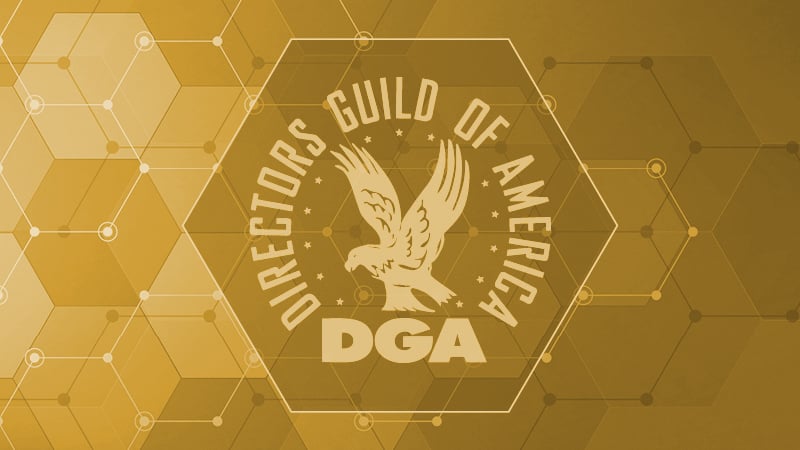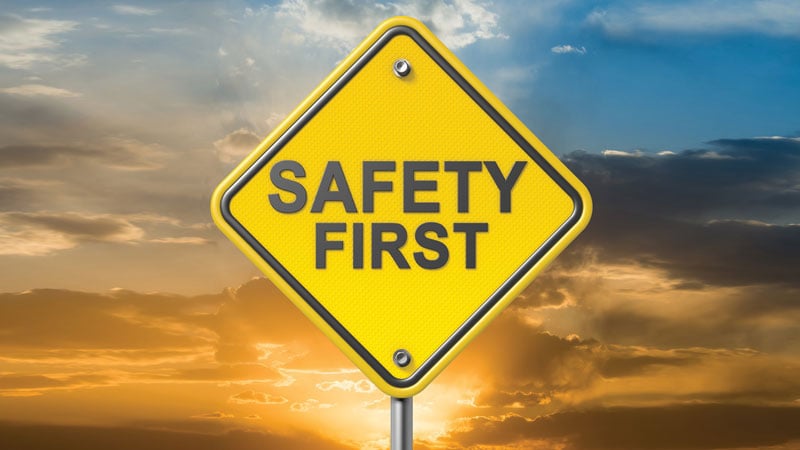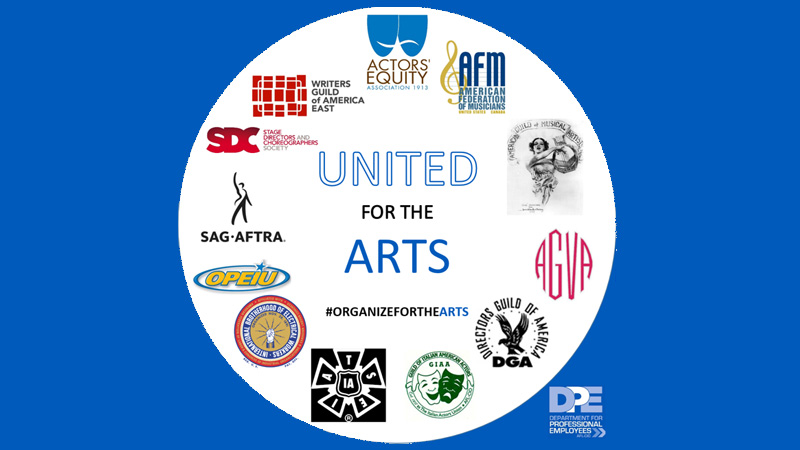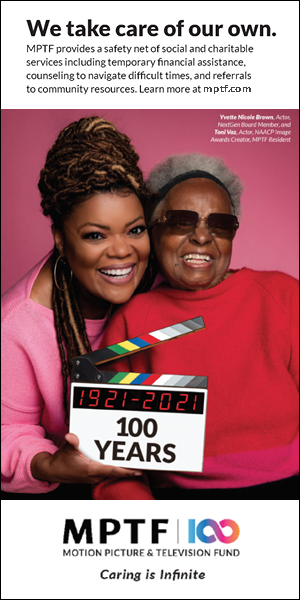A message from DGA President Thomas Schlamme and
National Executive Director
Russell Hollander
Dear Members:
Getting back to doing what we love, being able to support ourselves and our loved ones, and doing it safely, is the top concern on all our minds. Your Guild is working around the clock with our sister Guilds and Unions and the Employers to make that a reality as soon as possible. We know that you have questions about what’s going on with our DGA National Board Covid-19 Safety Committee, and that there also may be some confusion stemming from reports about different groups working on their own efforts. It’s true there is a lot going on, and that’s a good thing. Let us explain how it all fits together.
First, at the request of the Governors of New York and California, we have been working with an Industry-Wide Labor-Management Safety Committee Task Force to develop the blueprint for production to resume. This Task Force also consists of representatives from the International Alliance of Theatrical Stage Employees (IATSE), the International Brotherhood of Teamsters, the Screen Actors Guild-American Federation of Television and Radio Artists (SAG-AFTRA), as well as the Alliance of Motion Picture and Television Producers (AMPTP) and other producer representatives. For over a month, the Task Force has been working to develop an Industry White Paper with high level guidelines to enable film and television production to resume. That document – which sets forth detailed guidance employers must follow to provide a safe working environment for our members, other industry workers and the general public – is being submitted to Governors Cuomo and Newsom today. It addresses areas including set hygiene, disinfection and maintenance, catering, mandatory employment of Covid-19 Compliance Officer(s), symptom screening, physical distancing, paid leave policies and Covid-19 training, among other critically important topics necessary for the safe resumption of production.
While the Industry White Paper provides a solid foundation for the appropriate state agencies to examine the resumption of production, and calls for mandatory testing – it also expressly states that with respect to mandatory testing protocols and other key areas such as personal protective equipment (PPE), department-specific operational protocols and project-specific workflows, there will be further discussions between the Producers and the Unions and Guilds.
That is where our Committee and our coordinated efforts with our sister Guilds and Unions come in. Beginning with the work of our Committee, it has been meeting regularly for over six weeks to develop plans addressing these issues. From the outset, the Committee recognized a science-based approach was vital to getting these protocols right. The reality is that we live in a pre-vaccine world, and physical distancing and PPE are not always possible in our unique workplaces, particularly for those performing in front of the camera. And so, the Committee assembled a coalition of world-renowned epidemiologists and infectious disease experts to help in the development of a plan. They include:
- W. Ian Lipkin, MD, John Snow Professor of Epidemiology and Director for the Center of Infection and Immunity at the Mailman School of Health, Professor of Pathology and Neurology at the Vagelos College of Physicians and Surgeons at Columbia University;
- Larry Brilliant, MD, MPH, Physician and epidemiologist, currently serving as the CEO of Pandefense Advisory and Chair of the Advisory Board of the NGO Ending Pandemics;
- Baruch Fischhoff, PhD, Howard Heinz University Professor in the Department of Engineering and Public Policy at Carnegie Mellon University, where he specializes in decision and risk analysis; and
- Jeffrey Shaman, PhD, Professor of Environmental Health Sciences in the International Research Institute for Climate and Society/Earth Institute at Columbia University’s Mailman School of Health – who modeled various testing protocols for the Committee.
Based on the guidance provided by our consultants, it quickly became apparent that testing would be the cornerstone of our recommendations. We cannot emphasize enough the importance of this. Without testing, the entire cast and crew would be working in an environment of unknown risk. Confirmed cases, determined days after people have been spreading the virus, could potentially endanger the health of cast and crew members. Moreover, they could lead to the quarantining of others on set, and should those individuals include a principal actor or director, to production delays or even a production shutdown.
For this reason, the Committee is recommending that first, every member of the cast and crew be tested for active Covid-19 infection before their first day of work to ensure they are not spreading the virus. Cast and crew members should then be subject to regular testing protocols during the course of their work on the production. The frequency of that testing should be based on a number of factors. In recognition that performers are among the most vulnerable because they cannot wear PPE when cameras are rolling, and frequently will not be able to engage in physical distancing, there must be higher testing frequency for them and those with whom they come into close contact. On the other hand, individuals who work in areas like the production office – where physical distancing and PPE can be utilized – do not need to be tested as frequently. In order to ensure these different sections of the production environment are tightly controlled, the Committee recommends the implementation of a specialized “Zone” system, which sets out the environments and barriers within which those on set can flow based on proximity to cast, level of testing, PPE and the extent to which physical distancing can be observed in the performance of their work.
Testing frequency may also be impacted by the prevalence of the virus in a given community, and the rate that the infection is being spread. Another factor to be accounted for is testing availability and the need for rapid results. Fortunately, it is expected that these issues will be resolved in the near future, and can be scaled to the needs of production. Other detailed protocols laid out in the Committee’s recommendations include procedures around strict physical distancing and the use of medically approved, employer-provided PPE. The Committee’s recommendations also expand upon the roles of the on-set Covid-19 monitor, emphasizing the importance of their authority to correct unsafe practices or conditions, and to address issues as they arise.
While our Committee has been going through this highly detailed process, our sister unions IATSE, SAG-AFTRA and the Teamsters have been engaged in similar work with their own experts. And we have all been in constant contact with one another, as have our respective consultants. We've shared our views, information and developments with them, and they’ve done the same with us and with each other. That close coordination is ongoing, and you should anticipate hearing more from us soon.
We thank our Committee for all the challenging work they continue to tackle with tireless dedication. These are incredibly complex issues to solve, the science is still rapidly developing, and it’s all being done amid a world changing at breakneck speeds. Through it all, what drives us is getting this right for our members, other industry workers and the general public, so a quick, safe and sustainable return to work can be realized.
The road back is finally taking shape, and we remain optimistic. We appreciate the need to get back to work and know that the timing is exceedingly important; getting it right is mandatory.
We also want to acknowledge the pain and anguish we are all feeling right now in the wake of the killing of George Floyd and the ongoing social injustice in our nation. There’s more we plan to say about that very soon.
Thomas Schlamme
President
Russell Hollander
National Executive Director















